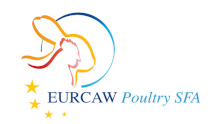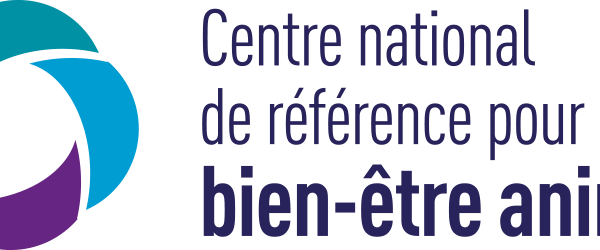Document type: scientific review published in Frontiers in Veterinary Science
Authors: Claire Bonnefous, Anne Collin, Laurence A. Guilloteau, Vanessa Guesdon, Christine Filliat, Sophie Réhault-Godbert, T. Bas Rodenburg, Frank A. M. Tuyttens, Laura Warin, Sanna Steenfeldt, Lisa Baldinger, Martina Re, Raffaella Ponzio, Anna Zuliani, Pietro Venezia, Minna Väre, Patricia Parrott, Keith Walley, Jarkko K. Niemi, Christine Leterrier
Preview: In free-range and organic production systems, hens can make choices according to their needs and desires, which is in accordance with welfare definitions. Nonetheless, health and behavioral problems are also encountered in these systems. The aim of this article was to identify welfare challenges observed in these production systems in the EU and the most promising solutions to overcome these challenges. It is based on a review of published literature and research projects complemented by interviews with experts. We selected EU specific information for welfare problems, however, the selected literature regarding solutions is global. Free range use may increase the risk of infection by some bacteria, viruses and parasites. Preventive methods include avoiding contamination thanks to biosecurity measures and strengthening animals' natural defenses against these diseases which can be based on nutritional means with new diet components such as insect-derived products, probiotics and prebiotics. Phytotherapy and aromatherapy can be used as preventive and curative medicine and vaccines as alternatives to antibiotics and pesticides. Bone quality in pullets and hens prevents keel deviations and is favored by exercise in the outdoor range. Free range use also lead to higher exposure to variable weather conditions and predators, therefore shadow, fences and guard animals can be used to prevent heat stress and predation respectively. Granting a free range provides opportunities for the expression of many behaviors and yet many hens usually stay close to the house. Providing the birds with trees, shelters or attractive plants can increase range use. Small flock sizes, early experiences of enrichment and personality traits have also been found to enhance range use. Severe feather pecking can occur in free range production systems, although flocks using the outdoor area have better plumage than indoors. While many prevention strategies are facilitated in free range systems, the influence of genetics, prenatal and nutritional factors in free range hens still need to be investigated. This review provides information about practices that have been tested or still need to be explored and this information can be used by stakeholders and researchers to help them evaluate the applicability of these solutions for welfare improvement.




